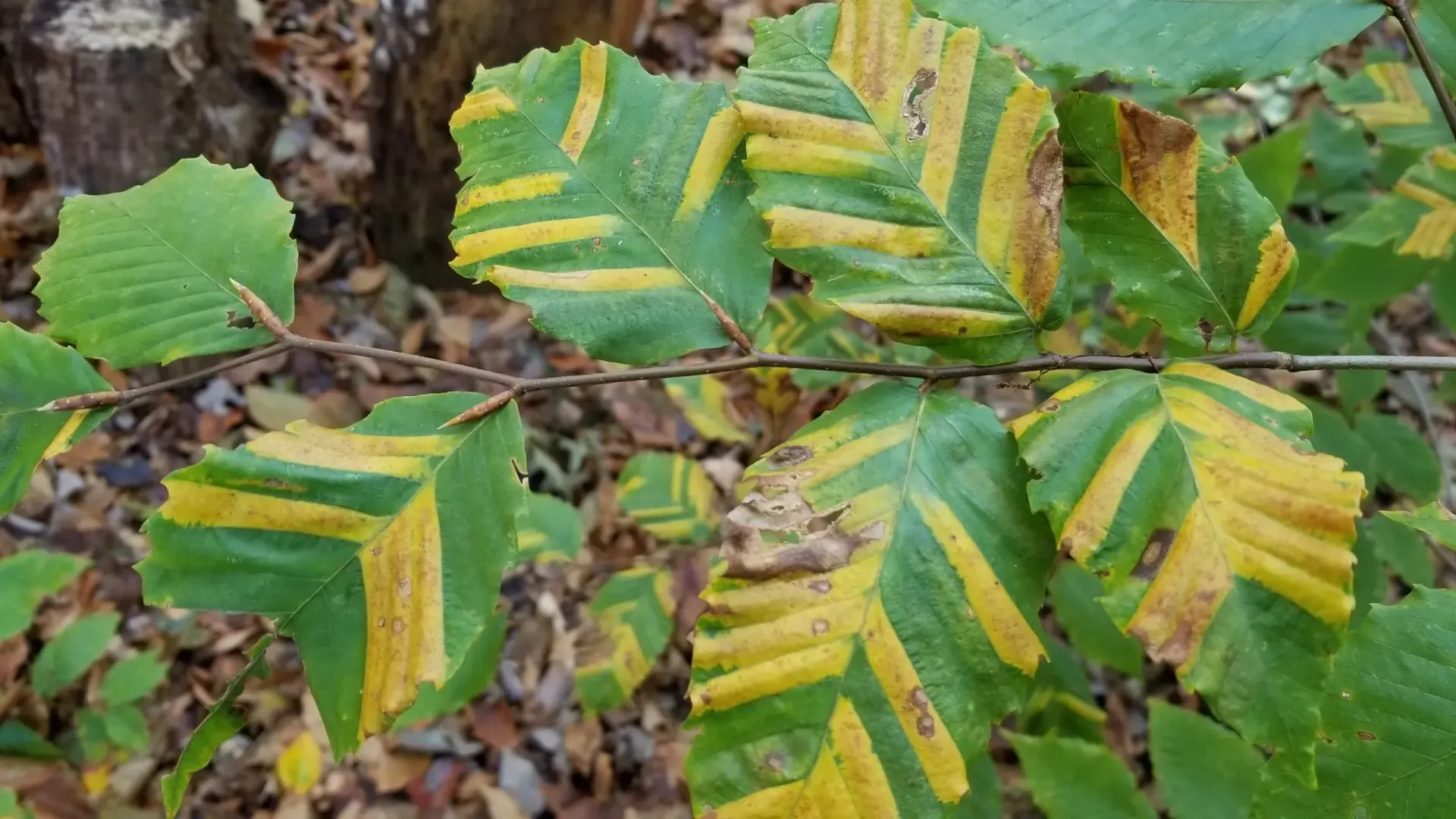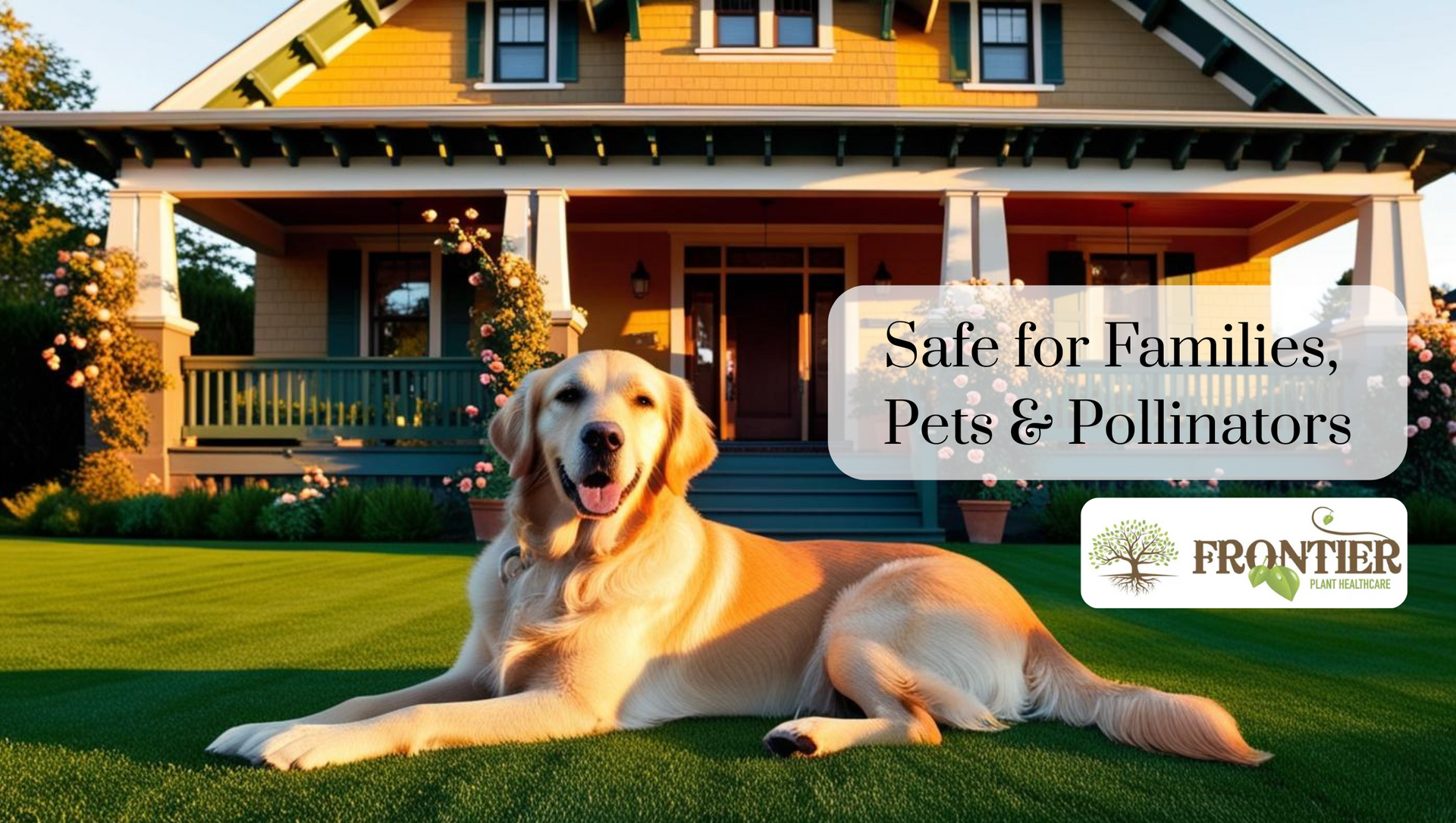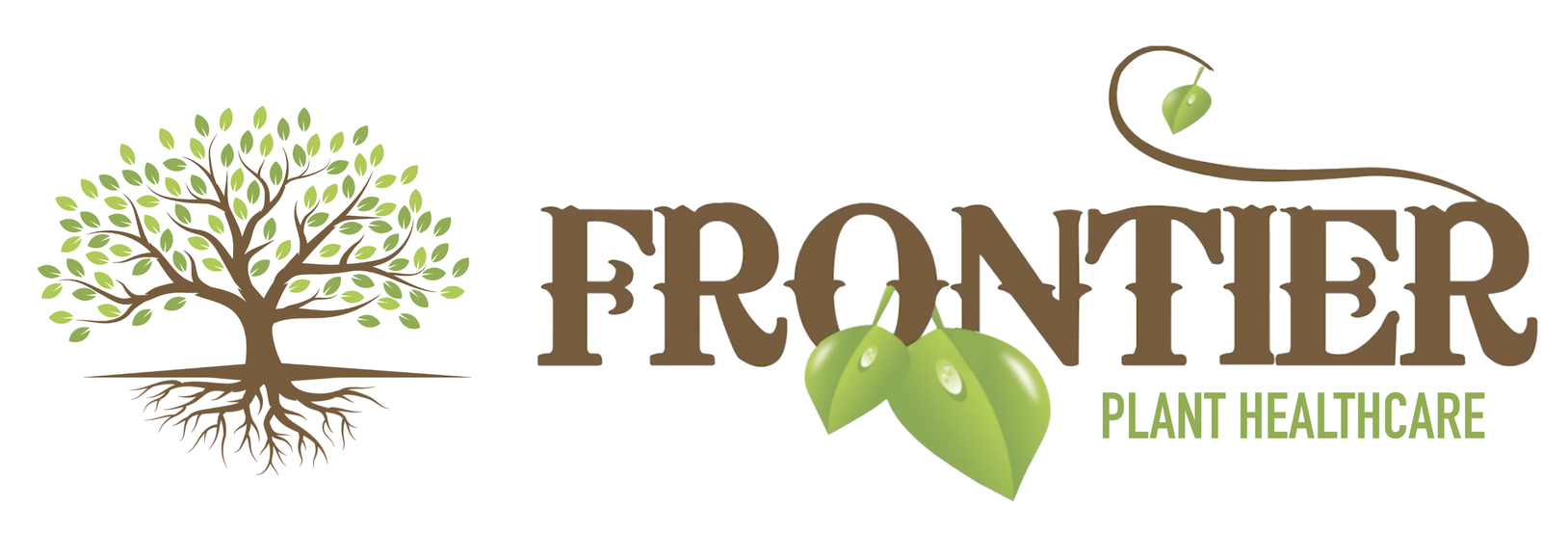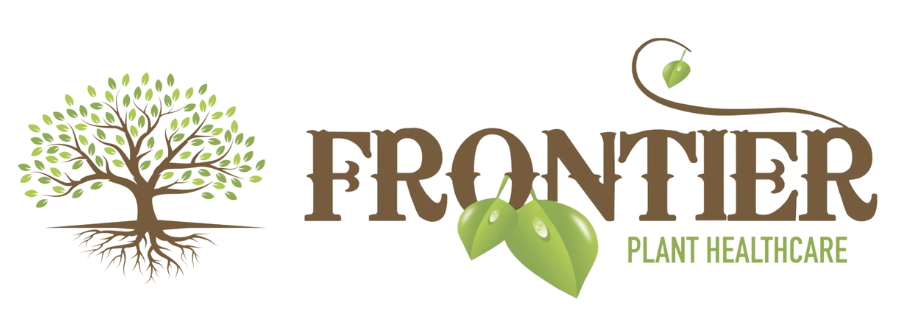The Secret to Healthy Trees: Preventative Care vs. Reactive Treatments

NAVESINK, NJ – When it comes to tree care, the old saying "an ounce of prevention is worth a pound of cure" couldn’t be more accurate. Homeowners and property managers often wait until their trees show signs of distress before seeking professional help. However, experts at Frontier Plant Healthcare emphasize that preventative care is the key to maintaining strong, disease-resistant trees—saving both time and money in the long run.
The Costly Consequences of Reactive Tree Care
Many property owners don’t realize a tree is in trouble until it’s too late. By the time visible symptoms appear—such as yellowing leaves, dead branches, or fungal growth—the damage has already taken hold. At this stage, treatment can be expensive and, in some cases, ineffective.
“Trees are living organisms, and like people, they can become stressed due to poor nutrition, environmental changes, or pest infestations,” explains a Frontier Plant Healthcare arborist. “If these issues go unnoticed, they weaken the tree’s defenses, making it more susceptible to disease and even structural failure.”
Reactive treatments, such as emergency pruning, disease control, and pest eradication, often require intensive interventions. In severe cases, the only solution is tree removal—a costly and unfortunate outcome that could have been avoided with regular care.
Why Preventative Care is the Smart Choice
Preventative tree care focuses on maintaining tree health before problems arise. Regular inspections and treatments can identify minor issues before they become major threats. Key components of a preventative tree care plan include:
- Soil Health Management – Trees rely on nutrient-rich soil for growth. Regular soil testing and organic fertilization ensure trees receive the nourishment they need.
- Deep Root Fertilization – Strengthens root systems and boosts a tree’s natural resistance to pests and disease.
- Integrated Pest Management (IPM) – A proactive approach that minimizes chemical use while keeping harmful insects under control.
- Structural Pruning – Guides tree growth and removes weak or hazardous branches before they pose a risk.
- Disease Monitoring & Prevention – Early detection of fungal infections and bacterial diseases allows for swift, targeted treatment.
Invest in Your Landscape’s Future
Healthy trees add beauty, shade, and value to a property, but they require attention and care. Investing in a preventative tree care program not only ensures a thriving landscape but also reduces long-term costs associated with emergency treatments or removals.
At Frontier Plant Healthcare, experts with over 40 years of experience provide customized tree care solutions designed to keep your landscape in peak condition year-round. Whether you’re a homeowner, business, or property manager, their team offers organic, eco-friendly treatments tailored to your trees’ specific needs.
Don’t wait until it’s too late—schedule a tree health assessment today!
📍
Frontier Plant Healthcare
📞
(732) 671-0372
📧
debaslavin@gmail.com
🌐
www.frontierplanthealthcare.com




